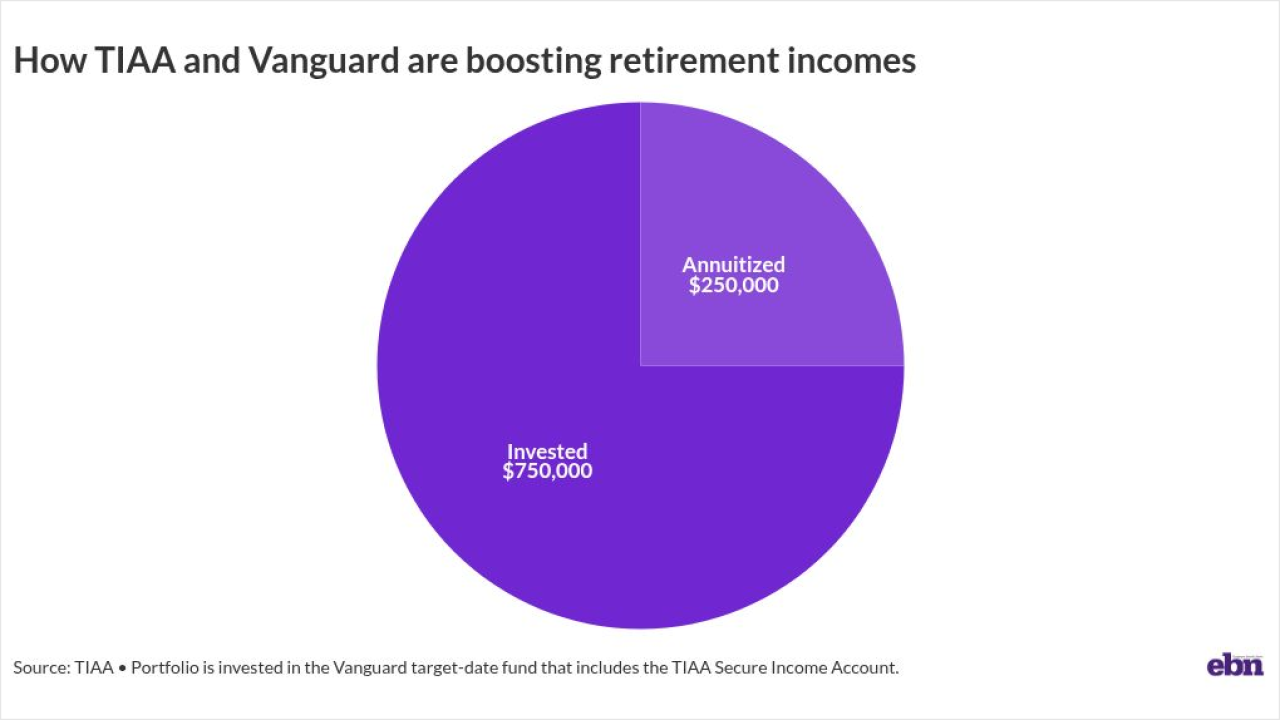Employers expect a lot from their employees, and since the pandemic, employees have become much more vocal about the
As mental health has become tied to overall employee well-being, employers are continuing to find new and innovative ways to personalize their benefits and make sure that employees at any stage of life are
Figuring out exactly what employees need is what drives AECOM's head of global benefits and well-being, Bernie Knobbe. He and his team rely on easy-to-digest communication strategies, as well as digital tools and
Take a look at four ways to prioritize and protect employee well-being, and recommit to starting a conversation with your workers on what they need today.






